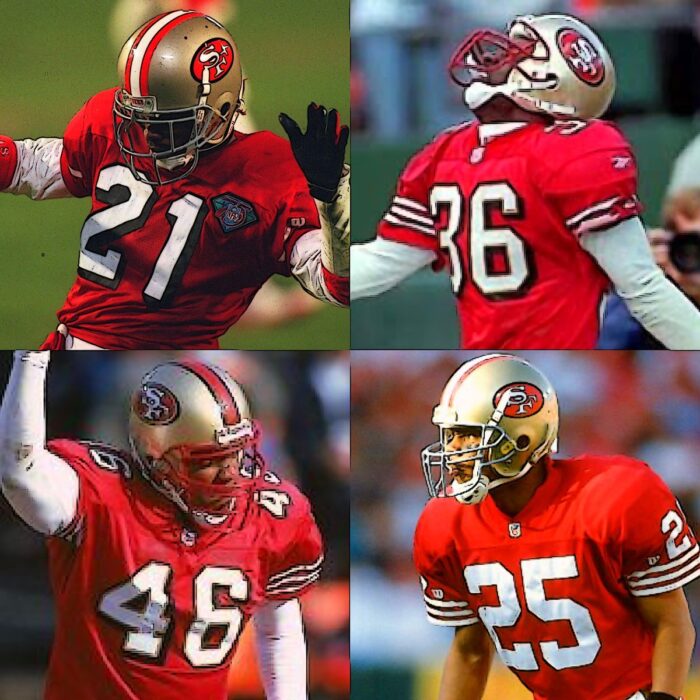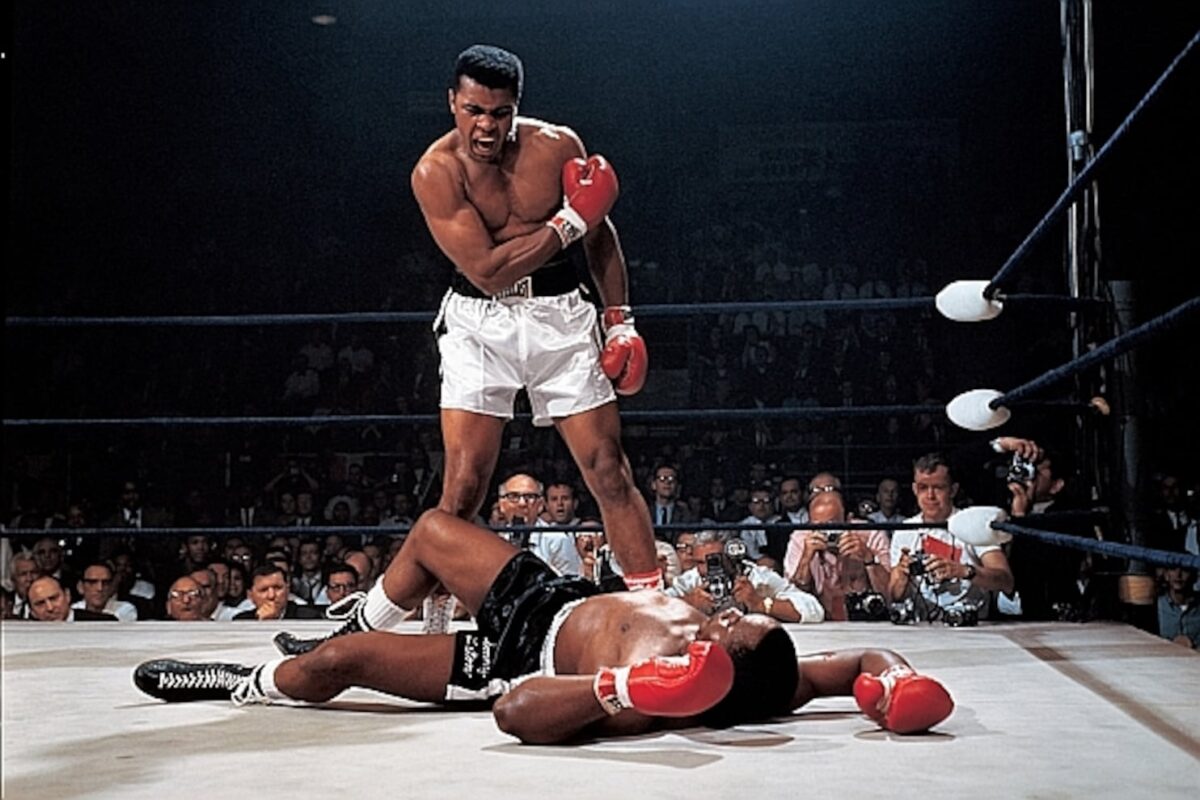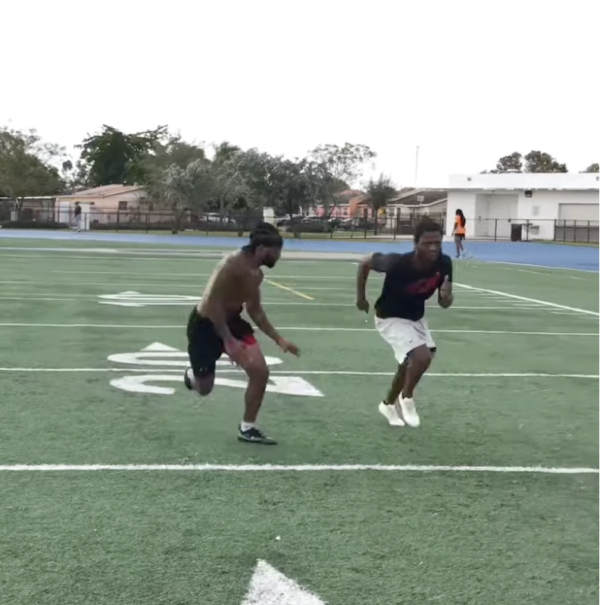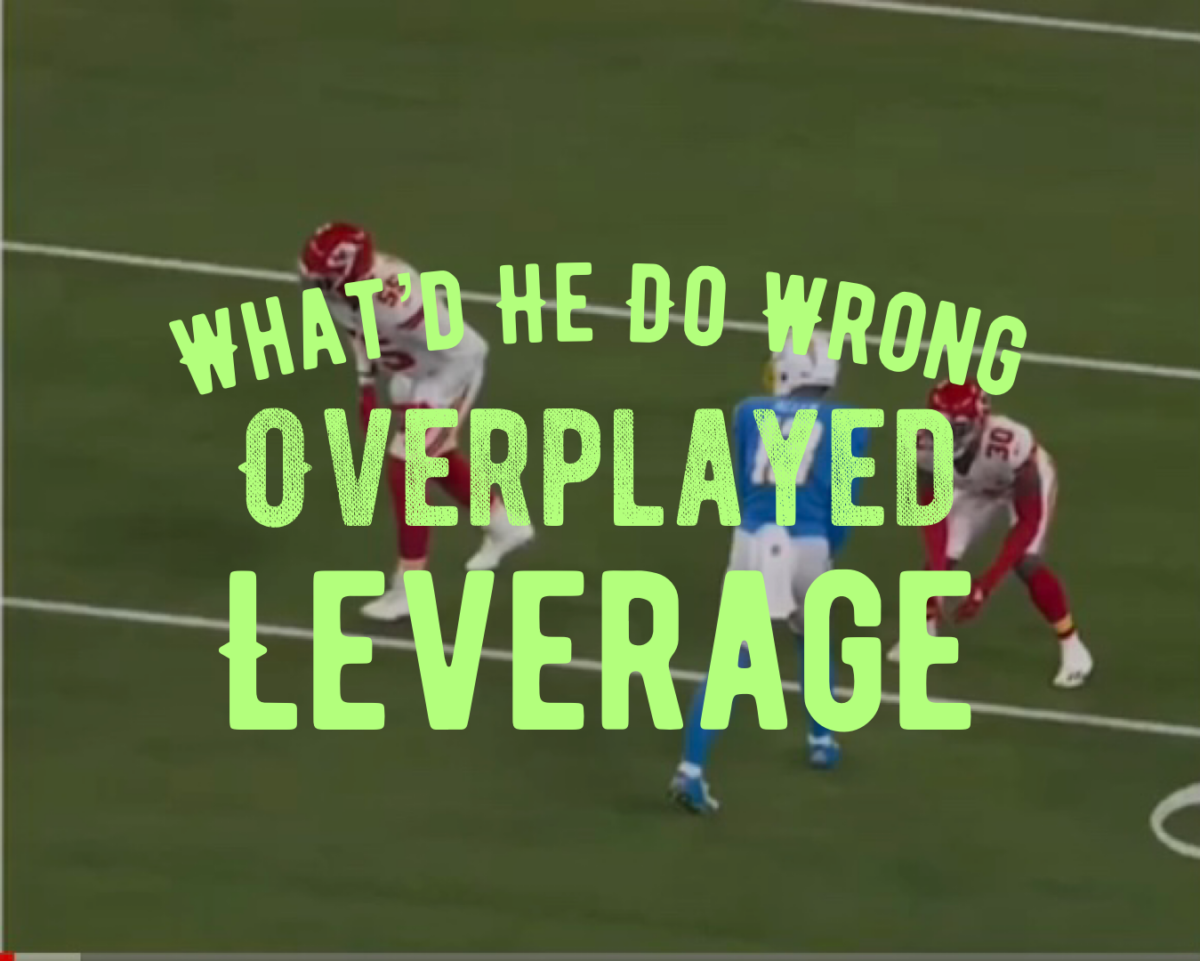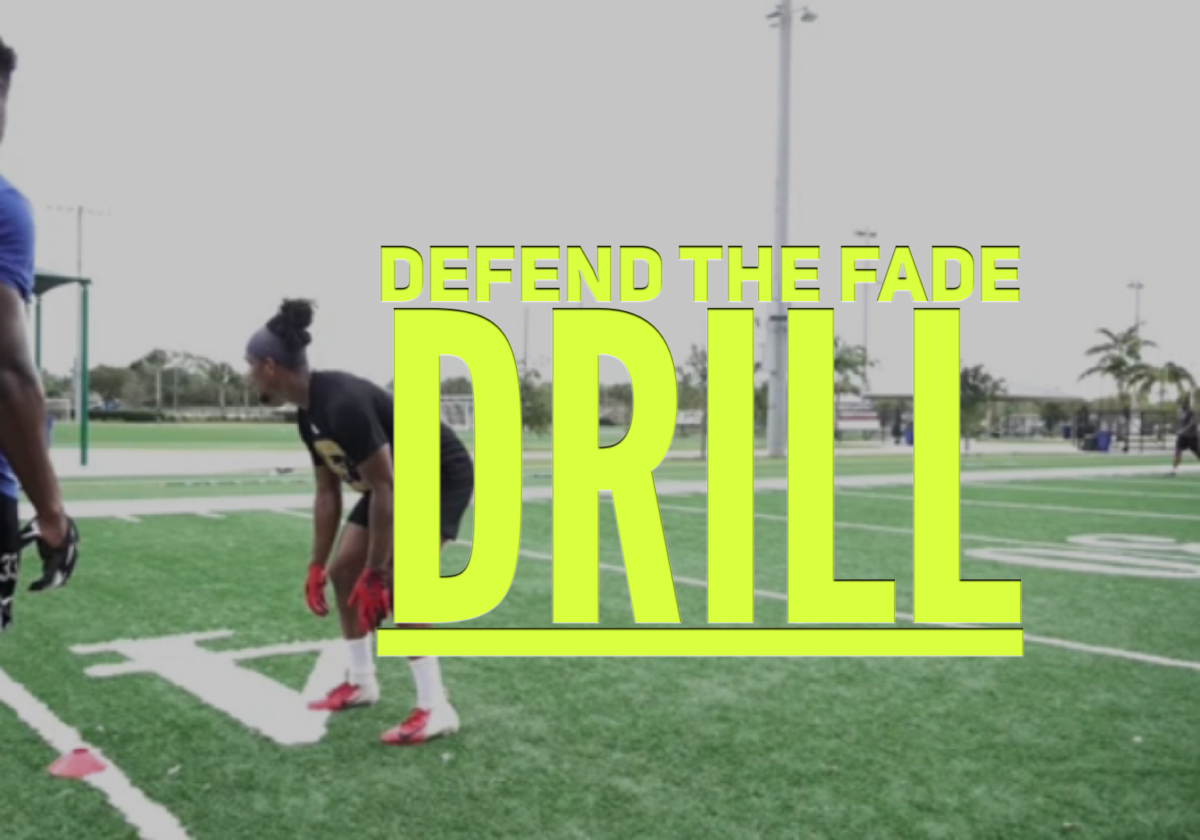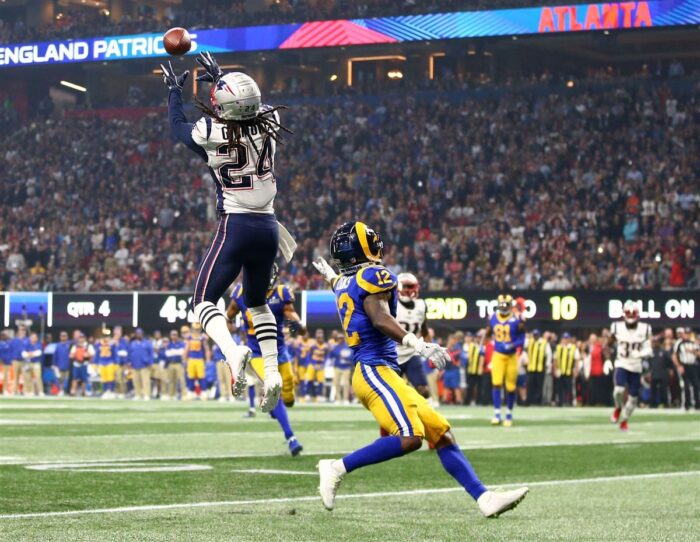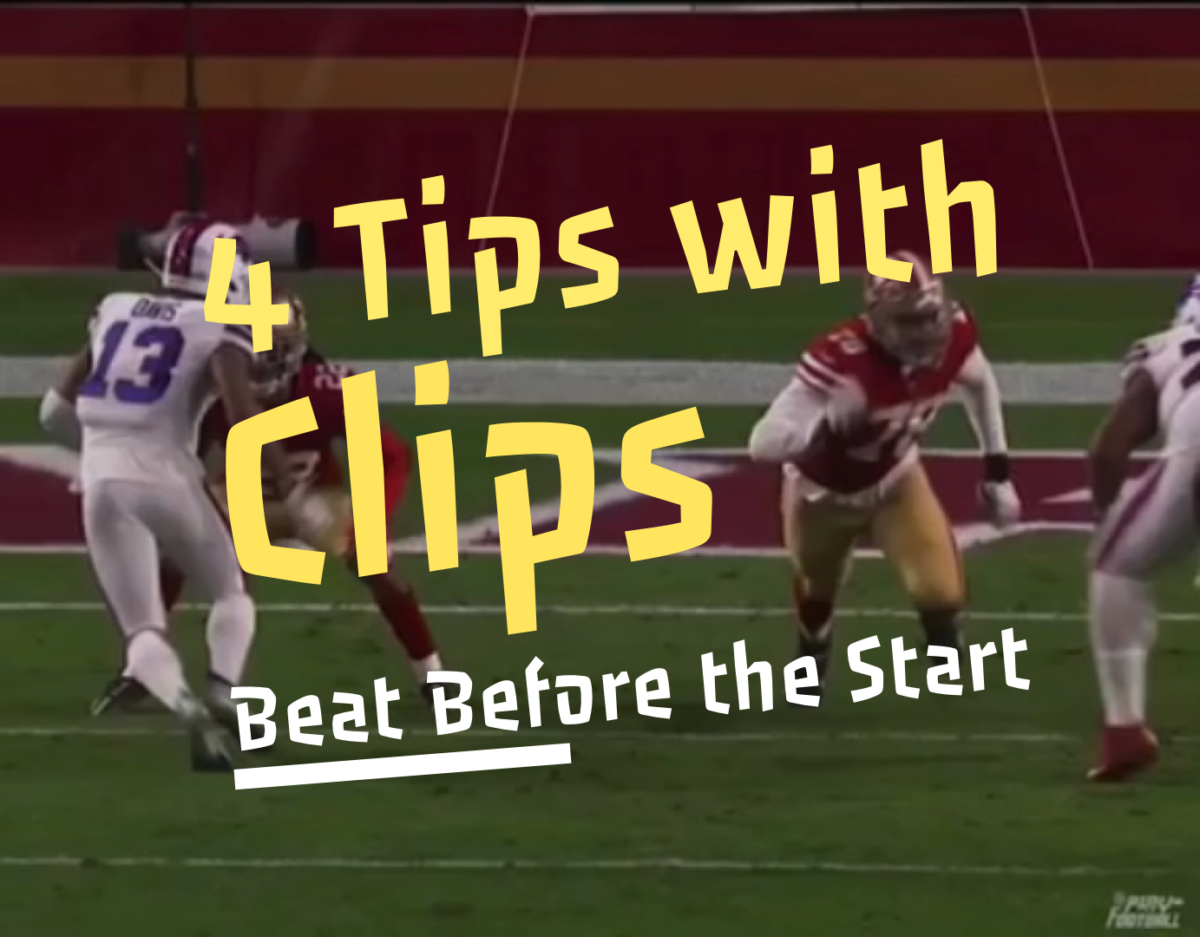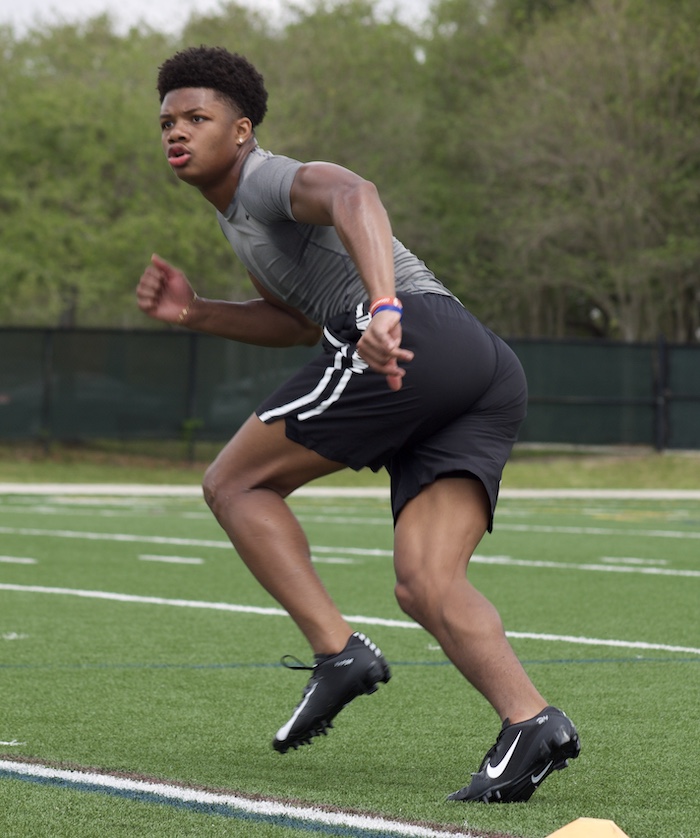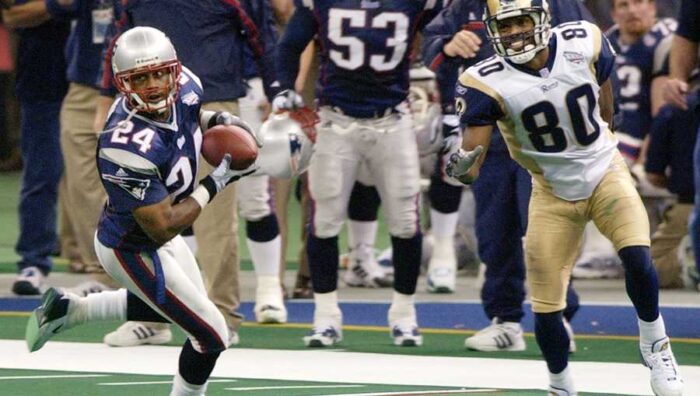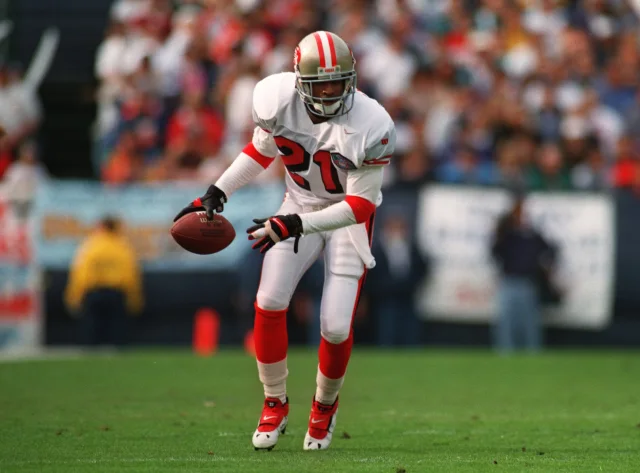It has been a while since I posted a boss unit article but I’m back at it again. I have a good one for you and it involves a team that won the Super Bowl. This boss unit is the 1994 San Francisco 49ers secondary.
Everyone knows that the Dallas cowboys were the team of the decade in the 90’s. To get where they wanted to go every year the Cowboys had to go through the San Francisco 49ers. The battles between these two teams during the era were legendary. However, as the early part of the 90s unfolded, the 49ers were finding themselves on the losing end of this clash of the titans. To get things back in their favor, the 49ers had to make a move and they did so in the off-season prior to the 1994 season. Let’s break down one of the all-time great secondaries in the NFL.
Deion sanders – Cornerback
Why even save this one for last. We all know that Sanders was the missing piece and after completing five years with the team that drafted him, the Atlanta Falcons, Sanders hit the open market for all teams to make a bid. Ultimately, as we often find out in professional sports, winning teams do winning things. Signing Deion Sanders in 1994 was a winning thing that paid heavy dividends.
In my opinion, and probably in the eyes of most, 1994 was Deion Sanders’ best season as a pro. Going from a mediocre franchise, like the Falcons to a perennial contender and winner of world championships like the 49ers elevated Sanders as well as those around him. For some godforsaken reason, opposing teams in 1994 thought it was a good idea to throw in the direction of the future Hall of Famer. Fortunately for Sanders and the 49ers these decisions were made. Prime Time made those opponents pay by intercepting six passes and returning them for a season and career high of 303 yards. Half of those six interceptions went back for touchdowns, including a 93 yarder in his return to Atlanta to face the Falcons. By now you have already seen that play where he looked at the Falcons sideline for about 50 yards and taunted them in the end zone with his famous dance. Along with the interceptions, Sanders dominated his side of the field. When you combine that with the rest of the athletic talent that surrounded him on the defense, it just stands to reason that this unit was going to be a problem and it was. Deion sanders could arguably called one of the best free agent pick ups of all time. One year later, he hit the open market again and signed with the Dallas Cowboys. That’s so Deion.
Merton Hanks – Free Safety
You would think that when a guy gets six interceptions like Sanders did he more than likely lead the team in that category. Well, not on this boss unit. That distinction went to free safety Merton Hanks. Hanks ended the year as the team leader with seven interceptions. He also added, a forced fumble and two fumble recoveries. Literally, Hanks was always around the football.
While Hanks may have gained more notoriety for having an oddly long neck and performing what became a popular dance after a big play, the truth of the matter is that Hanks was as solid a defensive back as there was in the league in 1994. Though this season saw him reach a career high in interceptions, Hanks had a knack for picking passes off as the rest of his career which show. In a seven year stretch, he plucked 30 enemy passes. 1994 was one of his most productive seasons as a pro and he was rewarded by making the pro bowl at the end of the season.
Tim Mcdonald – Strong Safety
By 1994, McDonald was in his eighth season in the NFL. The season before he came over to the 49ers from the Phoenix Cardinals. As a cardinal, McDonald had established himself as both a big hitter and ball hawk. He would continue to be those things for the 49ers. While his interception total of two in 1994 was nothing to write home about, Mcdonald made his presence felt in this secondary by laying the wood, covering tight ends and making the tough tackles. He scored twice on defense that year once with an interception and another time on a 49 yard fumble recovery. McDonald’s solid play was rewarded with his fifth selection to the pro bowl in his career.
Eric Davis – Cornerback
When you play cornerback on a team that has Deion Sanders, it’s difficult to get press. Such was the case for Davis, who was a 5th year cornerback from Jacksonville State. Two seasons prior he’d become a full time starter for the 49ers. He had totaled seven interceptions in those two seasons, and had proven himself to be a solid cornerback. That continued with Sanders’ arrival as opponents thought it better to go at Davis when Sanders kept scoring touchdowns against them. While Davis did not rack up interception stats, he proved to be very difficult for opposing quarterbacks to find completions against. Passes defensed was not a stat that was kept back in 1994, but if it was, I am pretty sure Davis would’ve been among the lead leaders. Davis was also a guy who was always around the football in 1994. He forced a pair of fumbles and recovered another two. His numbers were not good enough to get him into the pro bowl but ask any 49er fan or teammate and they’ll tell you Davis was as solid as anyone. After the 1994 season, Davis had a five year stretch in which he had five interceptions each season. In 1999, the first year that passes defense was a stat, Davis was second in the league with 24.
Summary
There were several other contributors to this 49er secondary. One of those included Dana Hall, a safety who had two interceptions during the year. When all was said and done, an amazing three out of the four starters for the 1994 49ers secondary were elected to the pro bowl, and one, Sanders, made the all pro team. I had the pleasure of watching this team and its secondary practice for their Super Bowl game against the San Diego Chargers that year. It was easy to see why they were as good as they were. This entire unit had amazing work ethic and practice habits. It came as no shock to me when they destroyed the Chargers in the Super Bowl 49-26. In the game, the Chargers managed to put up 305 yards passing, but that was due in large part to them having to attempt 55 passes . Chargers quarterback Stan Humphreys threw three interceptions in the game. One to Eric Davis, one to Toi Cook and the last one to Sanders. It was one of the most dominant performances in the Super Bowl. This boss unit led the NFL in interceptions with 23 in 1994. It doesn’t get more boss than that.

